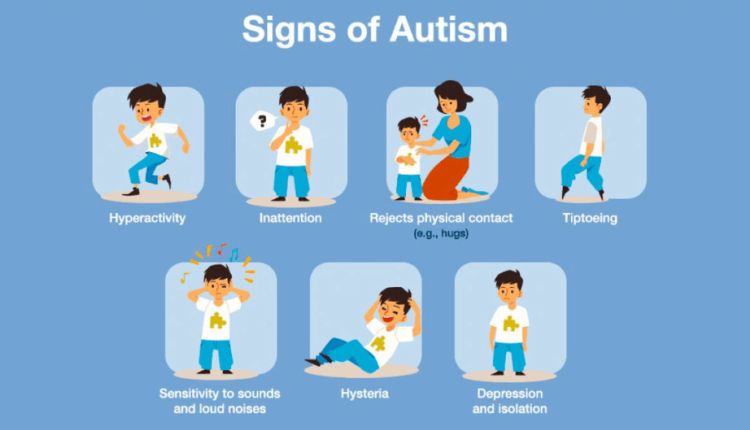Autism diagnosis has expanded significantly in the past few years.
In the United States today, approximately 1 in 31 children has autism spectrum disorder (ASD). In 2000, this number was 1 in 150 (Shaw, 2025). The United Kingdom reports a similar increase with a 787% exponential increase between 1998 and 2018 (Russel et al., 2021).
These increases are likely due to increased awareness and improved diagnostic tools. Providing an early diagnosis dramatically improves outcomes for children with ASD, which means school psychologists, school counselors, SLPs, behavior analysts, and other relevant practitioners must ensure they consistently apply the latest and most effective ASD diagnostic tools.
Enhance your diagnostic repertoire by ensuring you’re familiar with and using many of these top ASD diagnostic tools in 2025:
Observational Tools
Autism Diagnostic Observation Schedule, Second Edition (ADOS®-2)
The ADOS-2 is a semi-structured assessment designed to diagnose ASD across ages, developmental levels, and language abilities. It involves observing and coding how individuals interact. Currently, it is considered the gold standard; however, therapists need to be aware of the risk of false positives amongst those with a history of psychosis symptoms (Maddox et al., 2017).
Psychoeducational Profile, Third Edition (PEP-3)
PEP-3 measures developmental levels and is most valuable when determining support needs and strategies. It involves assessing communication, social-emotional functioning, and motor skills.
Rating Scales
Childhood Autism Rating Scale, Second Edition (CARS®2-ST and CARS®2-HF)
CARS2-ST and CARS2-HF are brief rating scales used to identify the severity of ASD limitations. Although helpful as structured scales, studies have suggested increasing the CARS2-ST cutoff score to 30 and 28.5 based on comparing results with ADOS-2 (Ji et al., 2023).
Interviews
Autism Diagnostic Interview–Revised (ADI™-R)
ADI-R is a structured interview approach designed to build an effective background for the individual. It covers topics like developmental history and current functioning struggles. While a useful tool, ADI-R is not designed to be used alone, but rather as part of a wider diagnostic strategy.
Monteiro Interview Guidelines for Diagnosing the Autism Spectrum, Second Edition (MIGDAS™-2)
The MIGDAS-2 is a more neurodiversity-affirming, strengths-based diagnostic tool that aims to respect neurodiversity. It involves a multi-faceted approach using sensory-based and structured interviews between the individual and their parents or caregivers.
An Overview of the Most Effective ASD Diagnostic Tools in 2025
In a review, ADOS-2 showcased a sensitivity of 87% and specificity of 75% when diagnosing ASD. ADI-R demonstrated a test sensitivity of 77% and specificity of 68%, while the CARS test sensitivity was 89% and specificity was 79%. The researchers concluded that the most effective diagnostic tools were CARS and ADOS (Lucato et al., 2024).
Prepare with the Latest ASD Diagnostic Tools
Using multiple diagnostic tools will help avoid false positives and catch co-occuring conditions. Only when using a multidisciplinary and multi-diagnostic approach can therapists accurately diagnose the children in their charge so that treatment and coping strategies can be implemented.
Learn more at WPS about the latest autism diagnostic tools, like ADOS-2 or the Monteiro Interview Guidelines for Diagnosing the Autism Spectrum, Second Edition (MIGDAS-2), and help the children in your charge get the most appropriate diagnosis.






